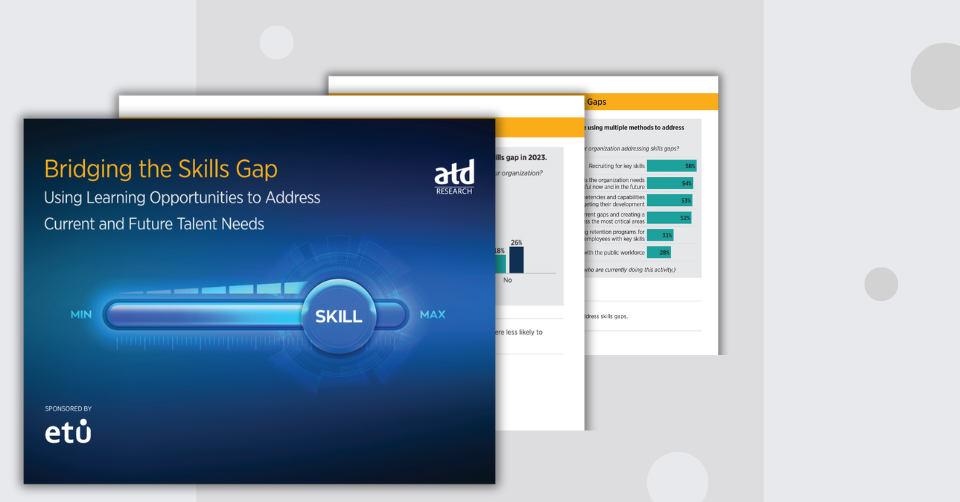Company
IBM Consulting
Goal
Scale learning from 5,000 to 100,000 members of the IBM consulting team while improving engagement and providing verified improvement in power skills.
Solution
Diagnostic simulations provide adaptive learner journeys to test-in learners to highly personalized learning tracks. Development simulations then upskill through immersive learning practice.
Results
- On target to achieve a 20x increase in participation from 5,000 to 100,000 learners.
- $5.6 million reduction in program costs based on initial rollout to 45,000 learners.
- $13 million in additional seat time savings when the program scales to 100,000.
- 81 learner Net Promoter Score for immersive simulation experiences.
Massively improving yield without multiplying cost
Pre-pandemic, consulting skills training at IBM was largely classroom-based. It was expensive to run with too much of the investment going towards travel and venue costs instead of the actual learning. More importantly, it was impossible for IBM to scale to more than 5,000 consultants a year.
The process of virtualizing the curriculum really opened the door for even more change. The team decided to exploit this opportunity to drive full-scale transformation and build something a lot more impactful and personalized for the learner.
IBM wanted to shift away from what they wanted learners to know, and towards what they wanted learners to do differently. The new program is aligned towards demonstrated mastery of the skills, versus just completion of training.
For IBM technical skills are “table stakes”. It is the core consulting and client engagement skill (aka “power skills”) that drive a differentiated client experience.
More effective, more efficient, and more engaging learning
IBM shared all of the training materials for each of the consulting bands with ETU - which amounted to a total of 140 hours of training content. ETU's strategic advisory services team processed all of these training materials and produced a design architecture and implementation plan to address IBM’s key challenges.
The new design starts each learning module with a diagnostic simulation. This simulation either tests-out the learner or tests-in the learner to an adaptive learner journey. When a learner is tested-in by the diagnostic simulation they are redirected to specific learning based on the demonstrated skills and behaviors from the diagnostic. Learners don't have to do every part of the e-learning, instead they are directed to the learning topic where they have demonstrated a gap in competence. Learning modules also include development simulations to provide the right level of skill development and practice in each track.
For this program ETU co-built more than 40 simulations with IBM.
The new approach to self-paced learning:
- Is highly effective and scalable at upskilling
- Allows learners to apply new skills in realistic situations
- Ensures learner decisions drive the experience
- Provides relevant coaching feedback in the moment
- Includes a safe practice environment
Personalization at scale optimizes seat time
IBM now has a scalable core consulting training program. Based on the success so far they have reset their target from 45,000 learners to 100,000 to be achieved within 30 months of launch.
20x participation
through new learning academy
-$5.6 Million
reduced program costs
-27% seat time
due to adaptive personalization
81NPS
learner net promoter score
Quantifiable effectiveness of upskilling is evident within the simulations. Skill improvement varied depending on skill, simulation and cohort with up to 50% improvement in some skills.
Combining skills data across the program will deliver new insights on upskilling and drive the transformation agenda. Pinpointing lower performing skills helps focus additional learning and development efforts.
Digitization of the program also democratizes access to learning. Rather than being restricted based on role, all learners across Manager, Senior Manager and Director (bands 7, 8 and 9) have access to learning based on skill needs.





